Guide to Low Voltage Post Caps
While there are many styles, colors, and lighting options for low-voltage LED post caps, sometimes it takes time to decide what to buy. However, all LED light sources found in post caps are based on the kelvin rating system of measure. All low-voltage post caps are offered in either 3000K or 5000K lighting temperature options, with the "warmer" color temperature being 3000K and the "cooler" color temperature being 5000K. If you need help understanding the difference between 5000 kelvin and 3000 kelvin low-voltage lighting, here's an easy guide to help display the incredible lighting options available.
*The Cape May Low Voltage Post Cap Series is shown below, however we carry many different styles and options of Low Voltage Post Caps and Accessories.
Cape May Low Voltage Post Caps - 5000 Kelvin
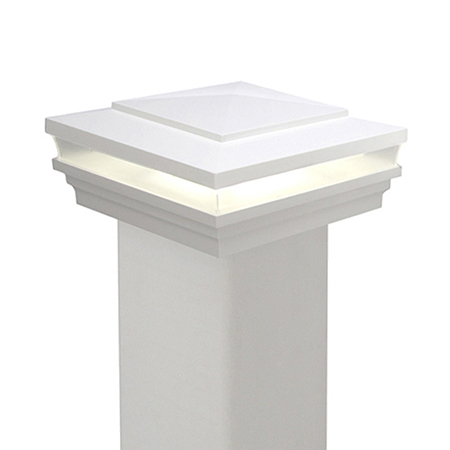
Cape May Standard Post Cap
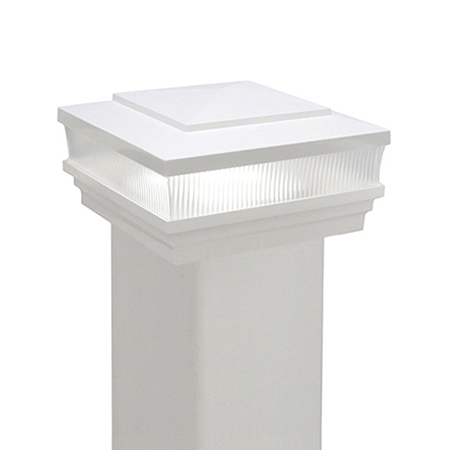
Cape May Scallop Lens Post Cap
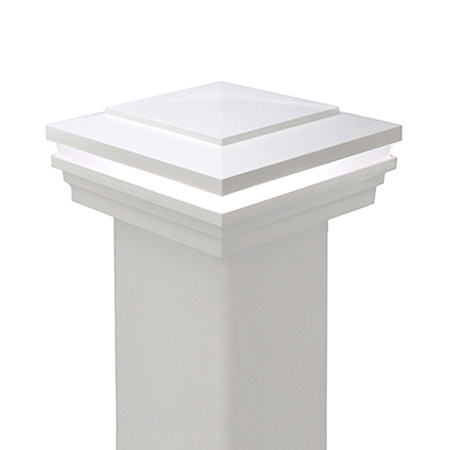
Cape May Halo Post Cap
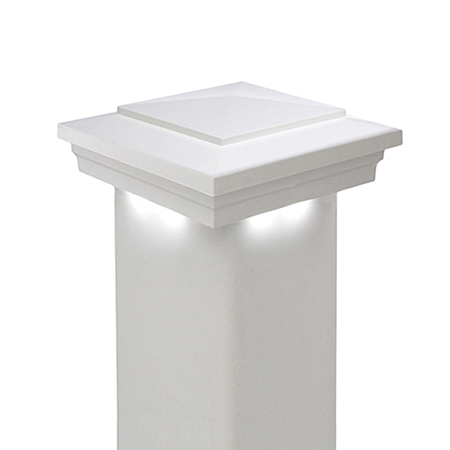
Cape May Downward Post Cap
Cape May Low Voltage Post Caps - 3000 Kelvin
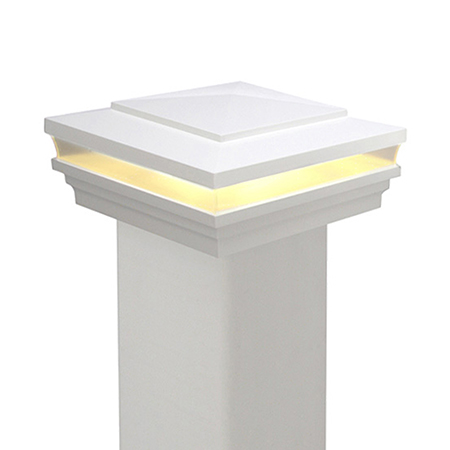
Cape May Standard Post Cap
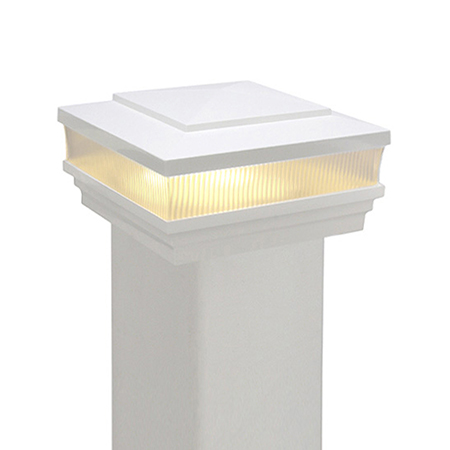
Cape May Scallop Lens Post Cap
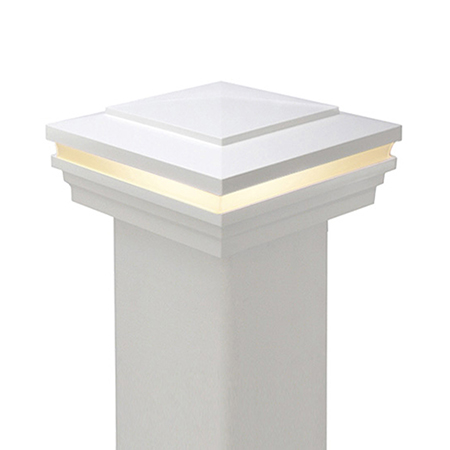
Cape May Halo Post Cap
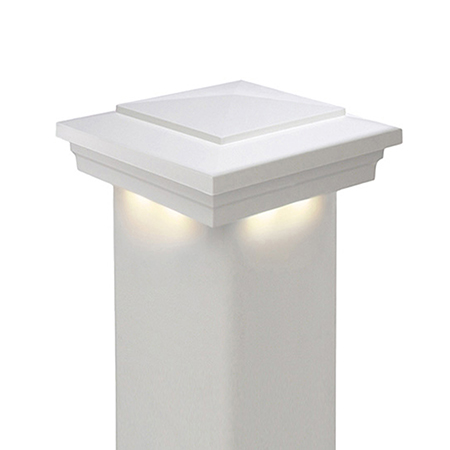
Cape May Downward Post Cap
What's the Difference Between 5000 Kelvin Versus 3000 Kelvin Lighting?
While a 3000-kelvin light is described as warm, 5000-kelvin lights are seen as more bluish-white. When picturing a 3000-kelvin light, imagine the glow of a campfire or a cozier living room environment. A 5000-kelvin light in comparison would be used in a hospital or place that needs the most accurate attention to detail. Some people prefer a calming look, while others enjoy drastic contrast to showcase landscape features. 5000 kelvin low-voltage lighting is a fantastic choice if you're in the latter group. On the other hand, if you plan on hosting friends in a welcoming outdoor space, 3000 kelvin low-voltage lighting makes more sense.
More Information on Color Temperature:
Color temperature describes the appearance of light provided by a light bulb and is scientifically measured in degrees of kelvin (K) on a scale from 1,000 to 10,000. Kelvin ratings are frequently listed with the information provided about low-energy fluorescent and LED lamps. They are meant to be a universal measurement of a specific light source's warmth or coolness characteristics. Depending on the location and environment for which the light emitted from the post cap will be used, it is important to know what color temperature and kelvin rating will achieve the desired ambiance.
Refer to the chart below for a better understanding of the full spectrum of the scale.

If you are still trying to decide which color temperature is right for your specific application, our professionals are always available to help you make the right decisions. Contact us today for any questions you may have.
Contact Us